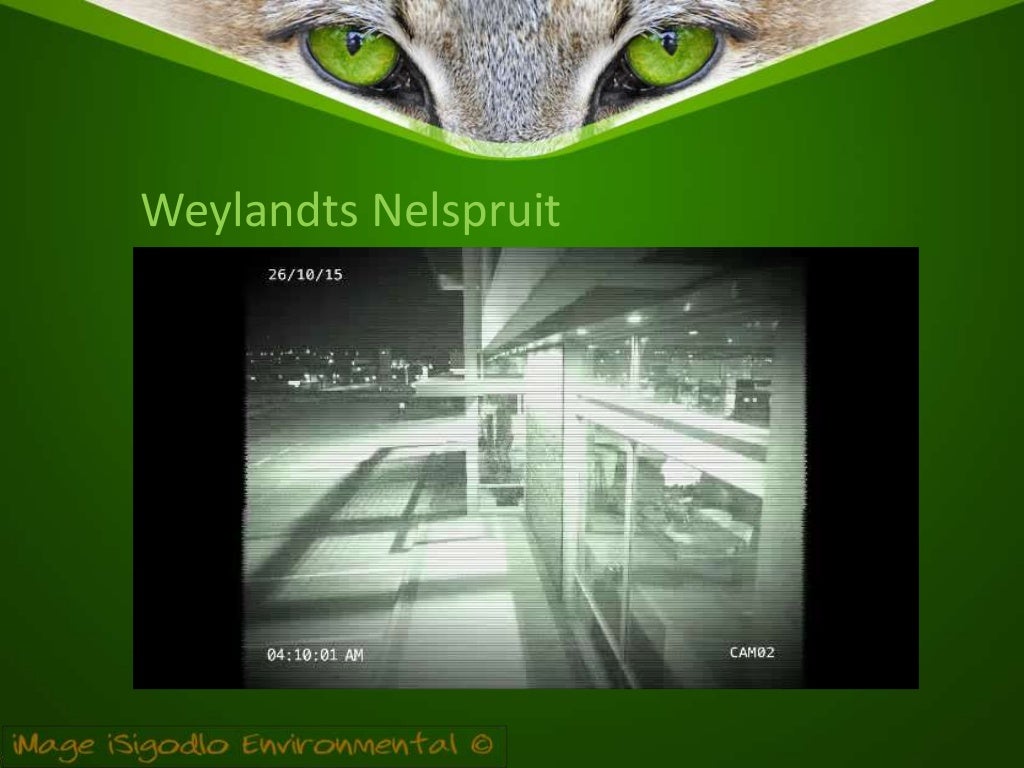Urban Wildlife Management: Balancing Nature and Human Habitation
Introduction:
As urban areas continue to expand, the interaction between humans and wildlife becomes increasingly common. Urban wildlife management plays a crucial role in ensuring the harmonious coexistence of humans and animals in our cities. By understanding the challenges faced by both parties and implementing effective strategies, we can create sustainable environments that benefit everyone involved.
Challenges Faced by Urban Wildlife:
1. Habitat Loss:
One of the primary challenges for urban wildlife is habitat loss due to human development. As cities grow, natural habitats are destroyed or fragmented, forcing animals to adapt to new surroundings or seek refuge in urban areas.
2. Food Availability:
Urban environments often provide abundant food sources for various wildlife species, leading them into residential areas where they scavenge from trash cans or raid gardens. While this behavior may be seen as a nuisance by some residents, it highlights the need for balanced management strategies.
3. Disease Transmission:
The close proximity between humans and wildlife increases the risk of disease transmission between species. For example, raccoons can carry rabies while birds may transmit avian influenza.
4. Human-Wildlife Conflicts:
Some urban dwellers view certain animal species as pests due to their disruptive behaviors, such as raccoons knocking over garbage cans or squirrels damaging property through gnawing on wires or structures.
Strategies for Effective Urban Wildlife Management:
1. Education and Awareness:
Educating residents about urban wildlife is crucial in fostering understanding and appreciation for these creatures’ roles within their ecosystems. Public awareness campaigns can highlight ways people can coexist peacefully with wildlife while minimizing conflicts.
2. Habitat Creation:
Creating green spaces within cities provides essential habitats for urban wildlife while enhancing overall biodiversity levels. Incorporating native plants into landscaping promotes ecosystem health by attracting pollinators like bees and butterflies while providing shelter for birds and small mammals.
3. Managing Food Sources:
Encouraging responsible waste management practices, such as secure trash cans and composting, can minimize the availability of food sources for wildlife. Additionally, promoting community gardens or allocating specific areas for wildlife feeders can help redirect animals away from residential spaces.
4. Implementing Non-Lethal Deterrents:
To address human-wildlife conflicts, non-lethal deterrents should be employed instead of resorting to lethal measures. For instance, installing motion-activated sprinklers can deter raccoons and deer from entering gardens without causing harm.
5. Collaboration with Wildlife Experts:
Working alongside wildlife experts and local authorities is crucial in developing effective urban wildlife management plans. These professionals possess the knowledge and experience necessary to implement appropriate strategies while ensuring the safety of both humans and animals.
Conclusion:
Urban wildlife management requires a delicate balance between preserving biodiversity and meeting the needs of growing urban populations. By understanding the challenges faced by urban wildlife, implementing education campaigns, creating suitable habitats, managing food sources responsibly, employing non-lethal deterrents when necessary, and collaborating with experts in the field, we can create sustainable environments where humans and wildlife coexist peacefully. Ultimately, successful urban wildlife management not only benefits our cities but also contributes to overall ecological health by promoting biodiversity within our increasingly developed landscapes.


Leave a comment